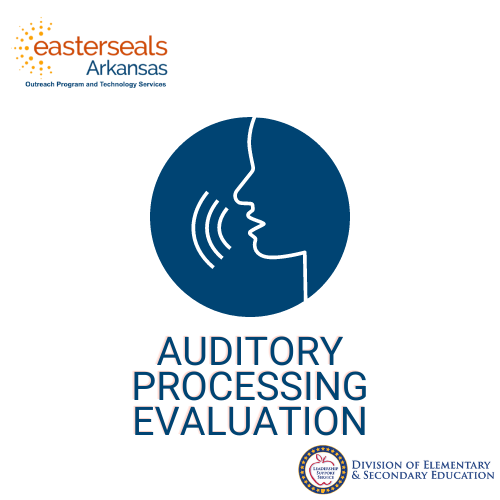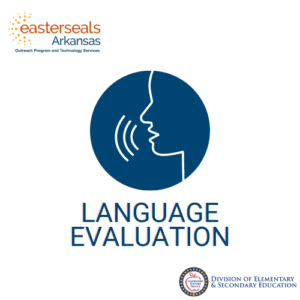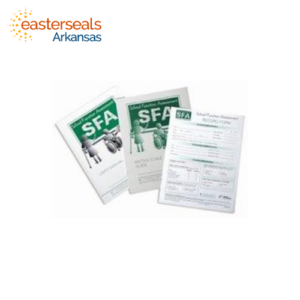This item is loaned by the Department of Elementary & Secondary Education (DESE). You will not be charged for shipping upon confirming your order; DESE ships the items to you for free. However, you will be responsible for the cost of returning the loan item(s) to DESE.
Differential Screening Test for Processing (2006) AP-2
Free
Description
This test is designed to differentiate among the various levels of the processing hierarchy. You will identify deficit areas for referral or further evaluation. The purpose is diagnostically sound: Appropriate differentiation of processing skills helps you make the best recommendation for follow-up diagnostics. Students receive a statistically sound pass/fail score for each subtest to determine if and when additional testing is needed. Quick to administer and score: You can complete the test in 35 minutes. Easy administration: The test is administered via directions presented by the narrator on the CD. Eight subtest areas were selected to represent the three major neurological levels involved in processing acoustic stimuli. Subtests included are consistent with a neurological continuum of processing and are designed to evaluate critical skills within the three main levels. Level One — Acoustic Subtests: Subtest A: Dichotic Digits. This subtest consists of four numbers presented simultaneously, two to each ear, while wearing headphones. The student repeats all four numbers in any order. Subtest B: Temporal Patterning. This subtest involves presentation via headphones of three-tone sequences composed of high- and low-pitched tones. The student is asked to imitate the three-tone pattern. high – low – low. Subtest C: Auditory Discrimination. This subtest probes left-hemisphere-based acoustic analysis skills. The student is asked to discriminate and repeat nonsense syllables presented within a background of steady-state noise. Level Two — Acoustic-Linguistic Subtests: Subtest D: Phonemic Manipulation. The three tasks in this subtest require perception of different phonemes produced within a linguistic word unit, ranging from 2 to 4 sounds. Tell me how many sounds are in the word bye. Subtest E: Phonic Manipulation. The student uses letter tiles to represent the sounds presented. The three tasks in this subtest require visual representation ranging from 2-5 letters. Spell the word go. Level Three — Linguistic Subtests: Subtest F: Antonyms. This subtest samples acquisition of language terms to represent the concept of opposite. What is the opposite of up? Subtest G: Prosodic Interpretation. This subtest probes the ability to modify interpretation of linguistic messages based on the auditory-prosodic features of delivery. The student hears a sentence and is asked to discriminate the sincerity of the message by responding yes or no. I think it will be easy. Subtest H: Language Organization.This subtest examines a student’s ability to retrieve language ideas, organize thoughts, and recognize salient aspects of a message. It’s a farm animal that says “oink.” 6-12 years Norm-Referenced Richard, Ferre Pro-Ed (LinguiSys)




